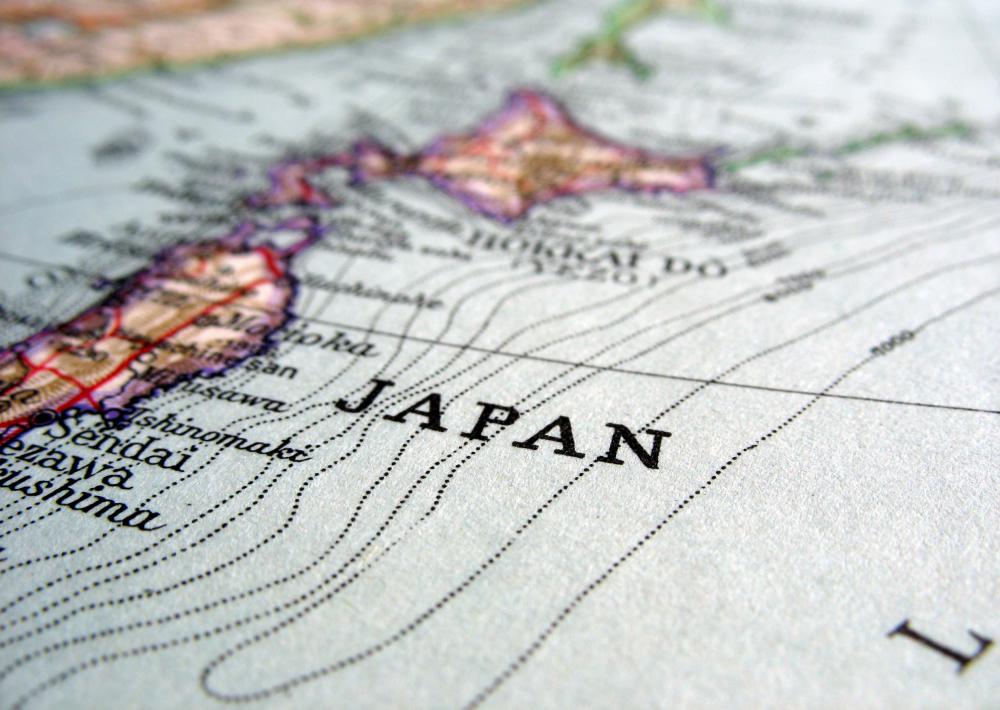At WiseGEEK, we're committed to delivering accurate, trustworthy information. Our expert-authored content is rigorously fact-checked and sourced from credible authorities. Discover how we uphold the highest standards in providing you with reliable knowledge.
What is Kukicha?
Kukicha is a special type of Japanese tea which is made from the stems, stalks, and twigs of the tea plant. It is sometimes called Winter tea, and it is traditionally harvested and processed in the fall. In Japan, the tea is a popular wintertime drink, and it is also added to juices and other beverages, since it has a distinct flavor which some consumers find enjoyable. Asian markets and natural food stores sometimes stock kukicha, and it can also be ordered directly from tea importers.
To make kukicha, the Camellia sinensis plant is trimmed after the last harvest in the fall, when the caffeine content of the plant is extremely low. Like green tea, kukicha is steamed as soon as it is picked, to soften the plant and stimulate a specific type of fermentation. The steamed plant material is then allowed to age and dry, and it is roasted before being sent to market. It may also be blended with other ingredients, depending on consumer demand.

The flavor of kukicha is quite unique. It reminds some consumers of Rooibos, since it has a sweet, slightly nutty flavor, but kukicha also has overtones of cream. The toasting creates a light, refreshing flavor which is reminiscent of forests or gardens, as well. When well brewed, kukicha is a very warming yet refreshing beverage, rich in antioxidants and low in caffeine.

Some companies call kukicha “stems and twigs tea,” in a reference to the primary ingredients. The tea is closely associated with the macrobiotic diet, especially in the West. The toasted flavor is said to complement a diet which is heavy in whole grains and fresh vegetables, and many vegans and vegetarians also enjoy kukicha for this reason. It can also be used to sweeten and flavor juice, and may be found cold as iced tea in some parts of Japan as well.

To brew kukicha correctly, water slightly below boiling temperature should be used, to avoid scalding the leaves. One way to accomplish this is to allow tea water to boil, and to pour a small amount of it into a teapot to warm it. After the warming water has been swirled in the brewing pot and tossed, the water in the tea kettle is usually around the optimal temperature. The tea should not steep longer than three minutes, as it can get bitter and astringent, just like overbrewed green tea. Kukicha may be consumed plain or dressed with ingredients like rice milk and honey.
AS FEATURED ON:
AS FEATURED ON:













Discussion Comments
I have never tried kukicha, but it sounds like it would be a good tea to sip on cold fall and winter nights. I normally only drink hot tea when I am sick or when the weather is cold, so it is about time for me to start drinking hot tea again.
The twigs and leaves to make it seem more interesting than most teas. I also like the fact that it has a low amount of caffeine, as caffeine does not agree with my stomach well.
It sounds like it would be quite elegant to have tea in Japan. I want to go to Japan and witness this tea ceremony for myself. Even if the tea isn't that great, it sounds like it would be an interesting ceremony to witness.
@strawCake - I'm pretty sure you could find this tea at a specialty tea shop as well. There are a few of those near my house, and they seem to carry every kind of tea a person could ever want in life!
Anyway, I'm a big coffee drinker but I'm trying to stop. I know it's not good for me, and I definitely drink too much of it (three cups a day at least.) A friend suggested I might like this tea because of it's creamy flavoring. Also, since it contains so little caffeine I could safely drink a few cups per day.
@tigers88 - I know I've seen this tea at the Asian market near my apartment. I believe the label even has the caption "stem and twigs tea." To be honest, this doesn't sound that appetizing! So, I've never tried it though. I wasn't quite sure what it was, but stems and twigs don't sound that great.
After reading this article, I think I'm going to give it a go! I love tea (all kinds of tea), and this tea sounds delicious from the article.
Does anyone know where I can buy kukicha? I have looked around a little online but have not been able to find a brand that looks good.
I have also tried a local tea store close to my house but they did not carry it either. As a mater of fact, they had never heard of it but they specialize more in western teas than eastern teas.
I had kukicha once when I was in college and the distinctive flavor has always stuck with me. Winter is coming and I would love to be able to sip on a mug once the weather turn cold.
I went to Japan, To Hiroshima as a matter of fact, a few years ago. While I was there I tried kukicha on a number of occasions.
The Japanese are very serious about their tea. Not only is it a big deal what kind of tea you make, and the way you make it, tea service is often a very ornate ceremony with immaculately dressed servers, special music and accompanying rituals.
Putting all the pomp and circumstance aside, I wasn't all that fond of kukicha. It wasn't bad, and sometimes it is a nice change of pace, but give me a nice green tea or an earl grey any day.
Post your comments